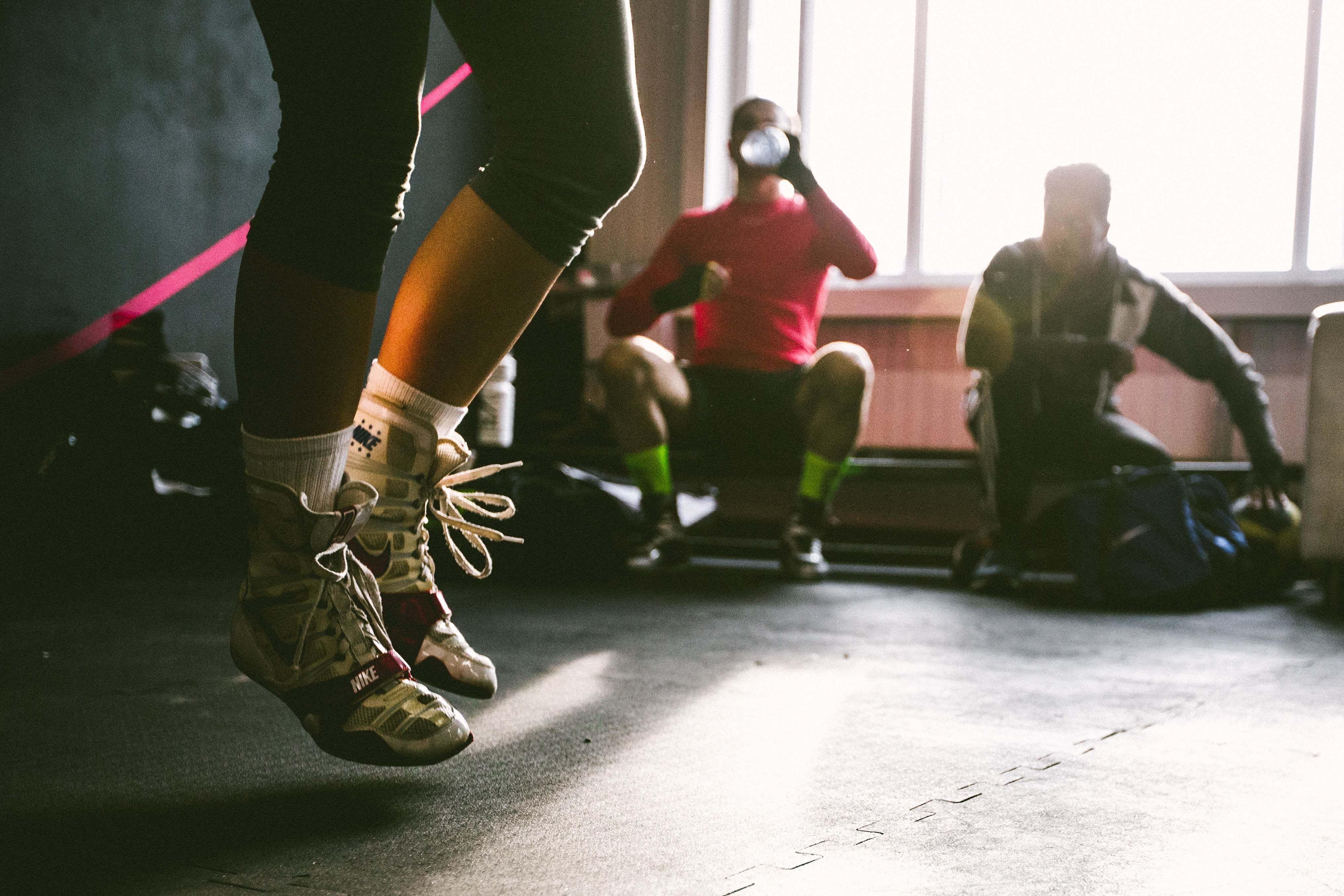
CLAIM YOUR book your free trial consultation!
Take the first step towards change. Claim your spot for the book your free trial consultation today!

I struggled with this a lot after I began Intermediate classes. I was used to training with aggression and attacking a pad with everything I had in Beginner classes. There was an emphasis on training safely with partners on most skills and exercises, but we could still funnel that aggression our instructors were pushing for into big pads for most of the class. The training rhythm is much different in Intermediate. We use pads and mitts, but most of our skills are done either to our partner or into body gear, like shin guards or headgear. While that gear will protect you from most light contact, it will not protect you against your partner raining hard hits down on you.
For those of you that read my last blog post (and those that didn’t), one of the ways we can be a good partner is through maintaining control and self-awareness about the strikes we are throwing. If your partners frequently get injured or hit when they partner with you, the issue is with you, not them. I was definitely the issue during my first few months in Intermediate. I had a hard time determining how much energy I should put behind a motion without injuring someone. It felt like if I ramped it up a notch, I would accidentally hit someone, but if I slowed down then I was asked to be more aggressive or to hit harder. It was confusing. Thankfully, I never seriously injured someone but there were a few close calls that made my heart stop for a moment.
After a particular week where it seemed like I was letting more hits slip than not, I decided to drastically slow down what I was doing. I wasn’t being a good partner, and I wasn’t being a good practitioner. I can’t really explain the particular moment where things clicked, and I got better at it. I started focusing on movements and how they felt with whatever amount of energy I was putting into them. I paused more before beginning a technique. I threw techniques slower so I could focus on controlling where they went and what level of impact my partner would potentially feel. It was a learning curve, but eventually I found that this helped me get better with techniques faster too. I put more thought into each individual movement, figuring out when things felt good and when they felt wrong, and then adjusting based on that. If the movement felt good, then I could escalate the speed and power a bit. If it didn’t, I tried to figure out where it was going wrong, but stayed at a slow, controlled movement while I figured things out.
Another thing I discovered was visualizing a technique correctly before I began the movement also helped me maintain better control and learn a skill more efficiently. Side note: this is also how I learned to do a cartwheel. I kid you not. It sounds a little silly but it worked. I had never been able to do a successful cartwheel. My boyfriend was in the same boat, and one day, he told me about how he had managed to do one for the first time earlier that week. He had visualized how a successful cartwheel looked before he did it, focusing on each individual movement, and then copied it. I was skeptical, but I tried it. And it worked. I did a cartwheel. Since then, I have been much less skeptical of visualizing skills before I do them, and I do it with everything at KMS. Your brain steers what your body does. If you focus on something specific and visualize it before you do it, it may surprise you. It works with little things I want to improve on for a skill or a technique I haven’t had much practice with. It’s not foolproof, and it doesn’t work right away in a lot of cases, but it helped me start building a better mind and body connection about training.
Eventually, these two changes made my training more successful and less impactful on my partners. I’m still not perfect at it, but it a little less of a struggle now. That’s not to say that accidents don’t happen to everyone occasionally. Sometimes we or our partners forget to take our heads offline or don’t do that particular defense correctly, and things slip through. However, if you are striking with control, those mistakes shouldn’t result in anything catastrophic for either of you. That requires being equally cognisant of what strikes can have a little more power, and which strikes should not. Elbow #7 should never been thrown with any sort of real power when you are practicing dry with a partner. Like our instructors frequently point out, a seven could seriously put down someone if placed correctly (around the head or neck) with enough force. Alternatively, advancing punches require a little more energy when we are practicing defenses. It’s difficult to defend punches correctly when your partner is either not aiming at your face (appreciated but unhelpful) or is throwing them so lightly that you knock them off course by barely grazing their arm.
See what I mean? It’s a thin line. In hindsight, I didn’t understand the balance between aggression and energy. You can throw a strike with a moderate amount of but with a lot of visible aggression. Likewise, you can throw something with a lot of energy that doesn’t look very aggressive. If you are struggling with this right now, or aren’t aware that you’re struggling with this, then I really suggest taking a step back to examine what you can change about your training. We should always adjust how we train depending on where we need to improve; however, learning this particular level of control is something everyone should work on. I know I suck at it some days. I have improved a lot thanks to the things I tried to slow myself down, but I still have days where control slips for a moment. I’m working on it. You should be too, even if you think your control is fantastic. We all screw up. This isn’t a skill that should be on the back burner with the type of training we do. Don’t be the partner or practitioner that goes on autopilot with skills. Be aware of what you are doing, and you will find that your training will evolve for the better.

Mon-Fri: 10am-1pm / 4pm-7pm Sat: 9am-12pm Sun: CLOSED
Copyright - Krav Maga Spokane
Privacy Policy - Terms & Conditions
This website is not a part of Facebook or Facebook Inc.
Additionally, this site is not endorsed by Facebook in any way. FACEBOOK is a trademark of FACEBOOK Inc.